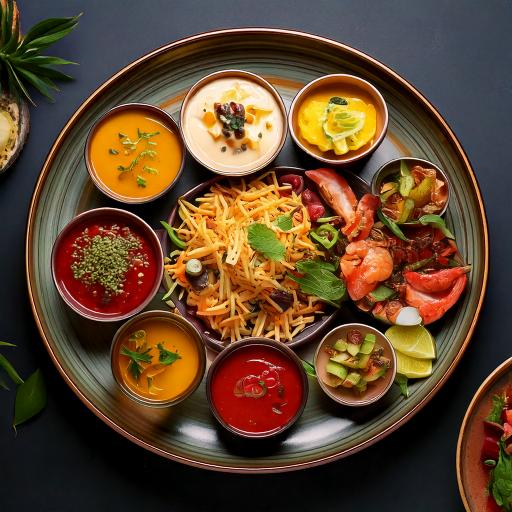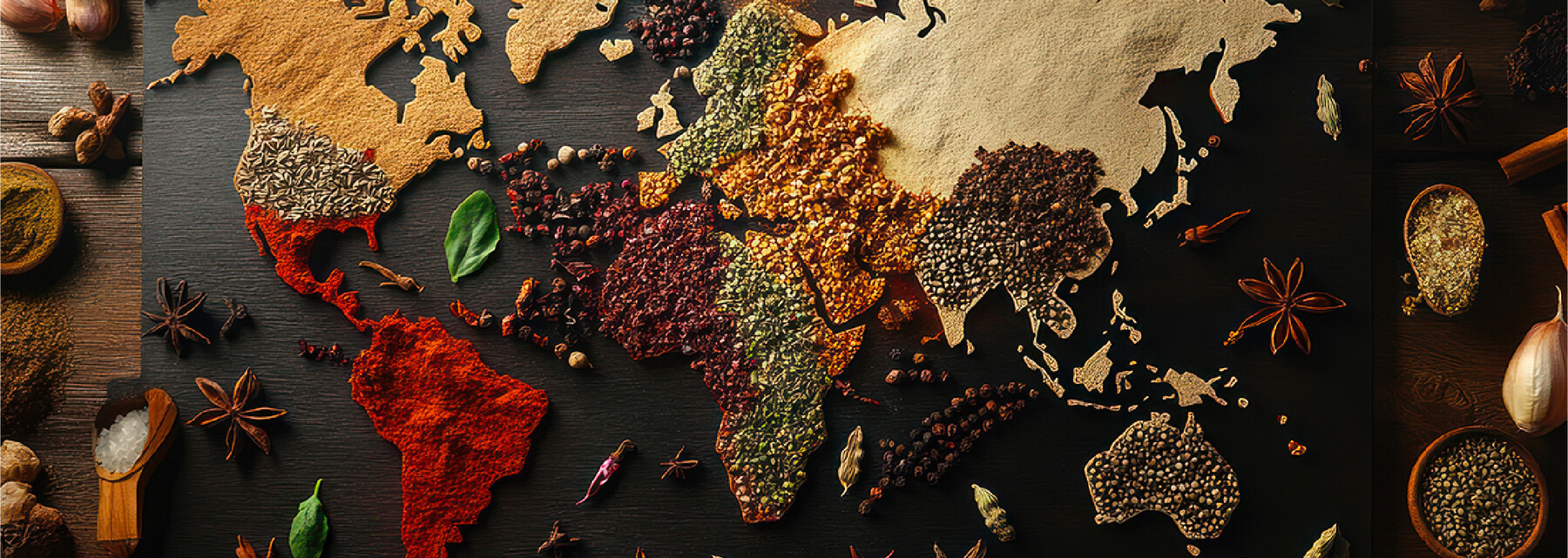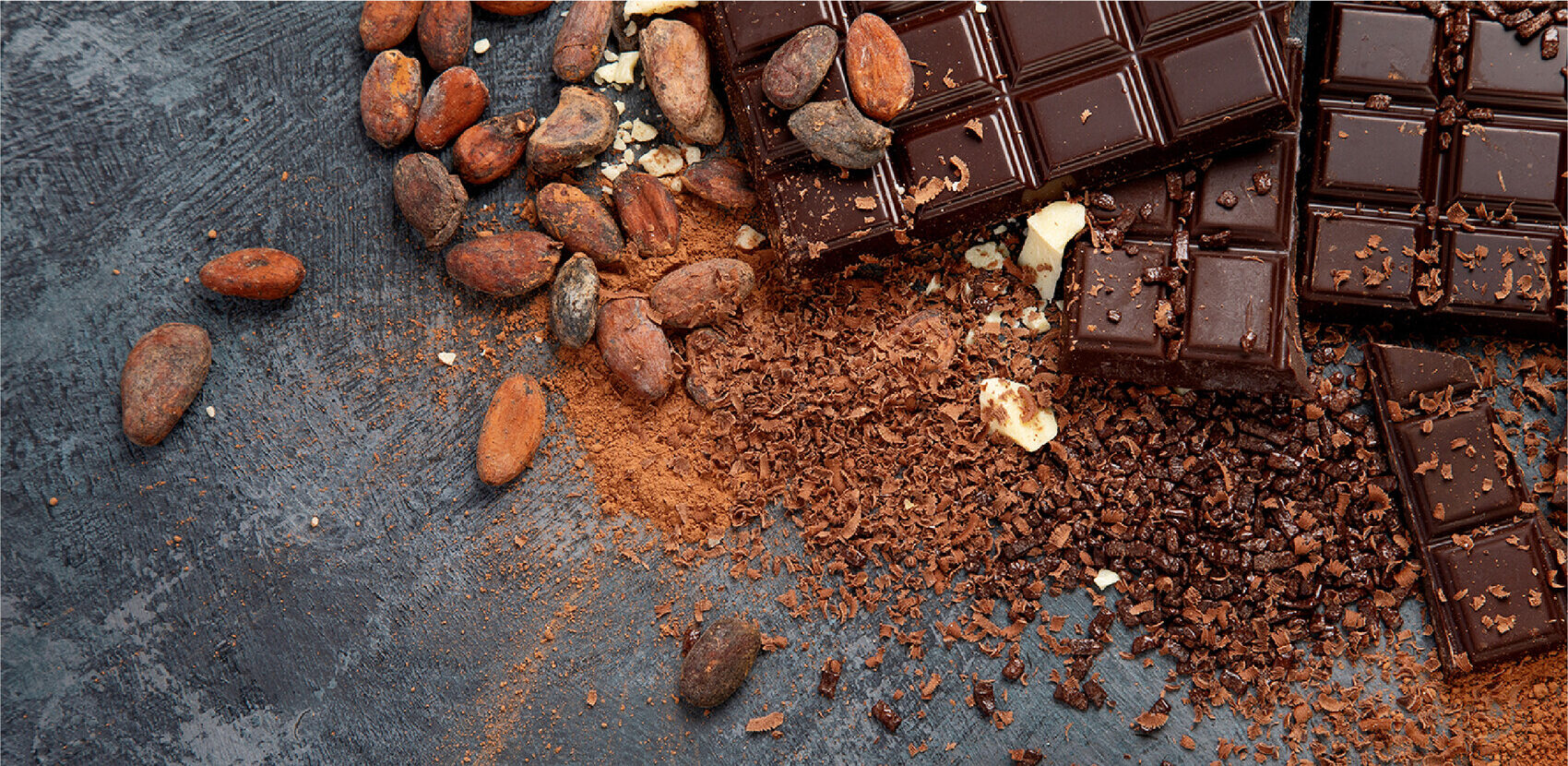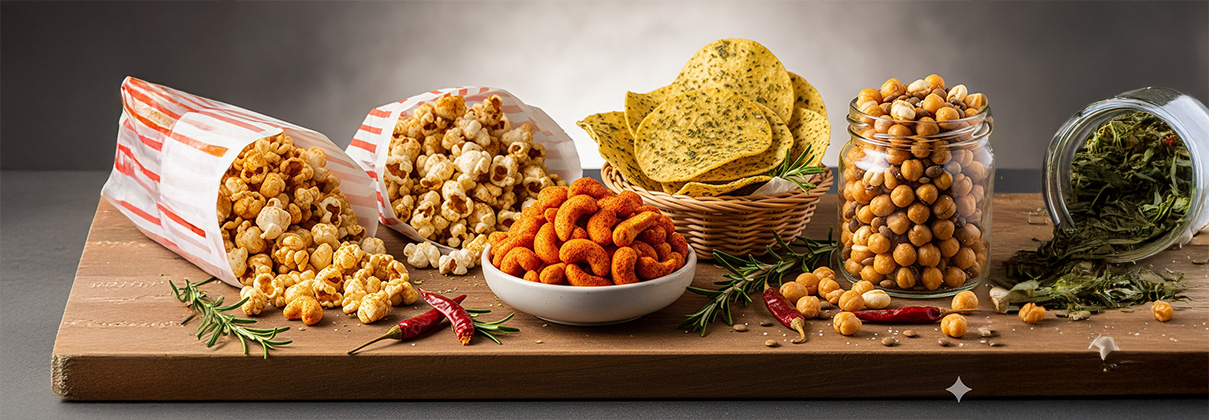January 30, 2025
/
Flavor preferences are far from random—they’re a blend of biology, psychology, and culture that shape how we experience and enjoy food.
For food manufacturers and flavor developers, understanding what drives taste is essential to crafting products that resonate with consumers. Let’s dive into the fascinating science behind why we love the flavors we do.
The Biology and Psychology of Taste

Taste begins with biology—our tongues are equipped with taste buds that detect five basic tastes: sweet, salty, sour, bitter, and umami. These sensations serve evolutionary purposes, like signaling energy-rich foods or warning against toxins. However, taste doesn’t exist in isolation. It’s deeply intertwined with psychology, as memory and emotion shape our flavor preferences. Foods tied to positive experiences, like a childhood dessert or a festive dish, often become favorites. This connection explains why comfort foods evoke nostalgia and emotional satisfaction. Together, biology and psychology create the complex foundation of what we perceive and enjoy as flavor.
The Role of Aroma in Taste Perception
While taste buds detect the basics, it’s aroma that brings flavors to life. Up to 80% of what we perceive as flavor comes from our sense of smell. Aroma compounds interact with taste to create a multidimensional flavor experience—think of how the scent of vanilla enhances the sweetness of a cake or how a smoky aroma adds depth to barbecue. Without aroma, food can feel flat or one-dimensional, highlighting the critical role of smell in shaping our perception of taste. For a deeper dive into the role of aroma in taste perception, check out this blog.
Cultural and Environmental Influences
Culture is a powerful driver of flavor preferences. Regional cuisines and traditional foods shape what people find familiar and enjoyable. For instance, spice tolerance varies widely across cultures, as does the preference for certain flavor profiles like sour or umami. Environmental factors, such as childhood exposure to specific foods, also play a significant role. As global trends evolve, so too do flavor preferences, with consumers increasingly open to experimenting with exotic and fusion flavors.

Harnessing Consumer Insights for Flavor Development
Food manufacturers can leverage consumer flavor preference insights to create innovative and appealing flavors. Here are key strategies to guide flavor development:

The science behind flavor preferences is as complex as it is fascinating. By understanding the biological, psychological, and cultural factors that drive taste, food manufacturers can create products that not only satisfy but delight. As consumer expectations continue to evolve, harnessing these insights will be the key to staying ahead in the competitive world of flavor development.
Insights & Trends

When Texture Talks Louder Than Taste
November 28, 2025

Spice. Sprinkle. Savor.
November 12, 2025

When Less Is More
October 29, 2025

From Snack to Savor
October 13, 2025

Precision Fermentation
September 29, 2025

Snackification Nation
September 12, 2025

Snack to the Future
August 28, 2025

Fizz With Benefits
August 13, 2025

Satisfy in a Single Bite
July 28, 2025

From Brine to Brain
July 14, 2025
View All Blog Posts
